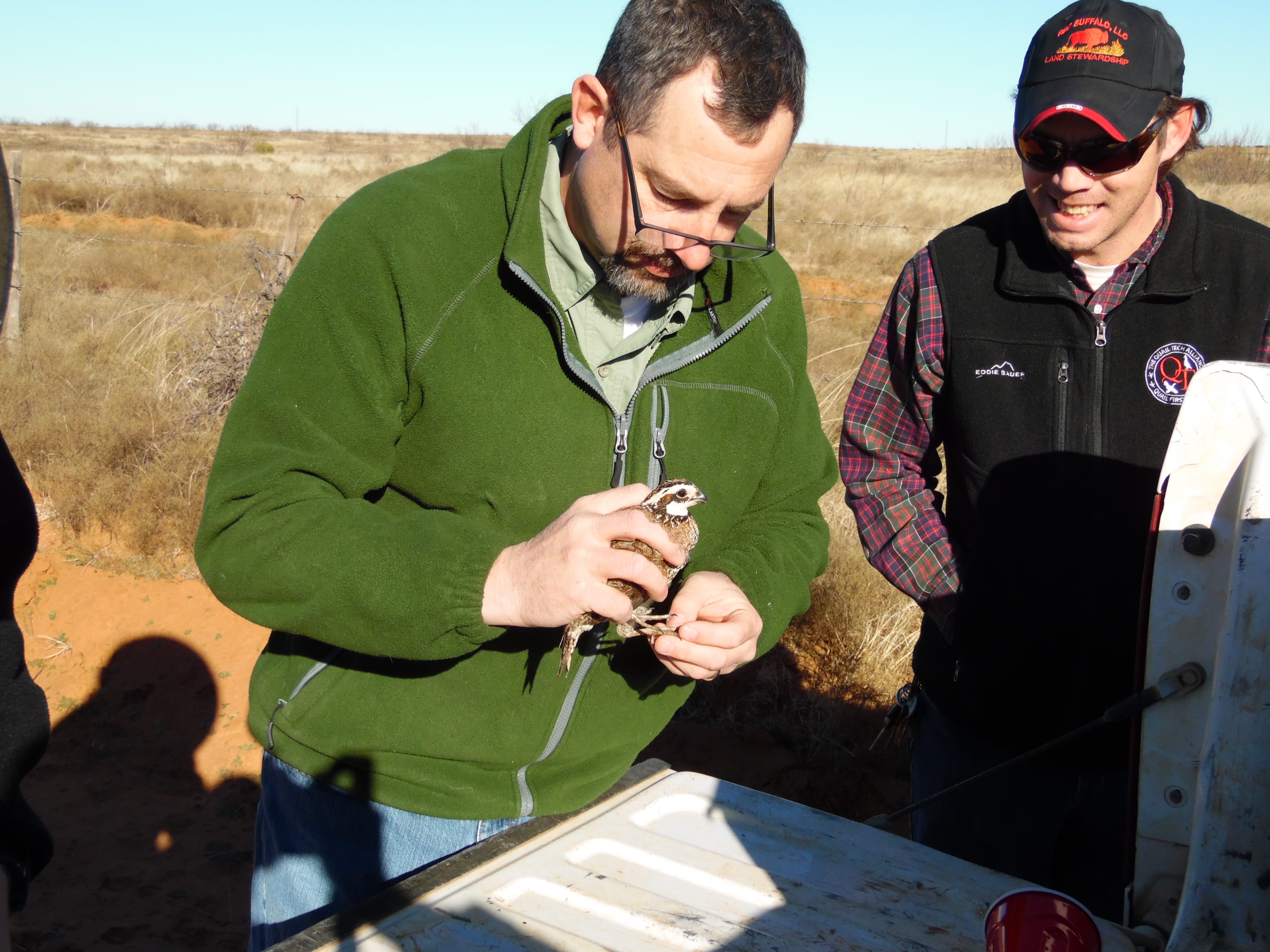By Darlene McCormick Sanchez
Lone Star Outdoor News
Predator management has been dismissed by many as ineffective in increasing quail populations in Texas, but a new Texas Tech study suggests it could be a successful strategy.
Brad Dabbert, Burnett Foundation endowed professor of quail ecology at Texas Tech, said the new research on Rolling Plains quail is based on information from Florida’s Tall Timbers Research Station. Dabbert said quail management in Florida uses a three-prong intensive management plan consisting of habitat quality, supplemental feed and predator control when predators become abundant compared to the quail population.
“They are way ahead of us. We don’t have the data out here,” he said.
It was the last part of the strategy that caught the interest of local researchers. Dabbert said traditional predator control methods didn’t prove successful in increasing bobwhite nest success or population density in the Rolling Plains. In the past, Texas studies used low-trap densities of 1 trap per 49.4 acres. However, trapping efforts did not reduce mesomammals, such as skunks and raccoons, as measured by scent station surveys conducted before and after the trapping effort. Scent stations are places where carcasses are placed to monitor the number of predators in the area.
But managers and researchers in the southeastern states use a trapping density of 1 trap per 20 acres and regularly report reductions in mesomammals in trapping areas. Dabbert’s team decided to measure the relationship between predator abundance and nest success and density and see if reducing predators could increase nest success and numbers. Researchers monitored 135 bobwhite hens, their 112 nests and brood of chicks in 2016 at the 6666 Ranch, which helped support the project, along with the Park Cities chapter of the Quail Coalition and the Burnett Foundation.
The results were potentially groundbreaking, Dabbert said.
“We actually increased the nest success by 10 percent,” he said. The nest success rate at the predator reduction site was 64 percent, compared to a 54 percent nest success rate at the control site with no predator reduction. Chick survival to 21 days of age was essentially the same between predator reduction and control sites (24 percent with predator reduction and 23 percent with no predator reduction).
Considering the average clutch size of 14 eggs for the sites, this represents a 24 percent increase in bobwhite chicks on the ground at 21 days of age in predator reduction areas compared to control areas where no predator reduction occurred.
While the success is exciting, Dabbert said the downside is cost. Traps are $80-$100 each and the manpower needed to check the traps would be expensive as well. One way to mitigate labor costs would be to use a system that alerts managers as to when tarp doors are dropped.
Dabbert added that the study will continue for a second year to see if the results can be duplicated.


